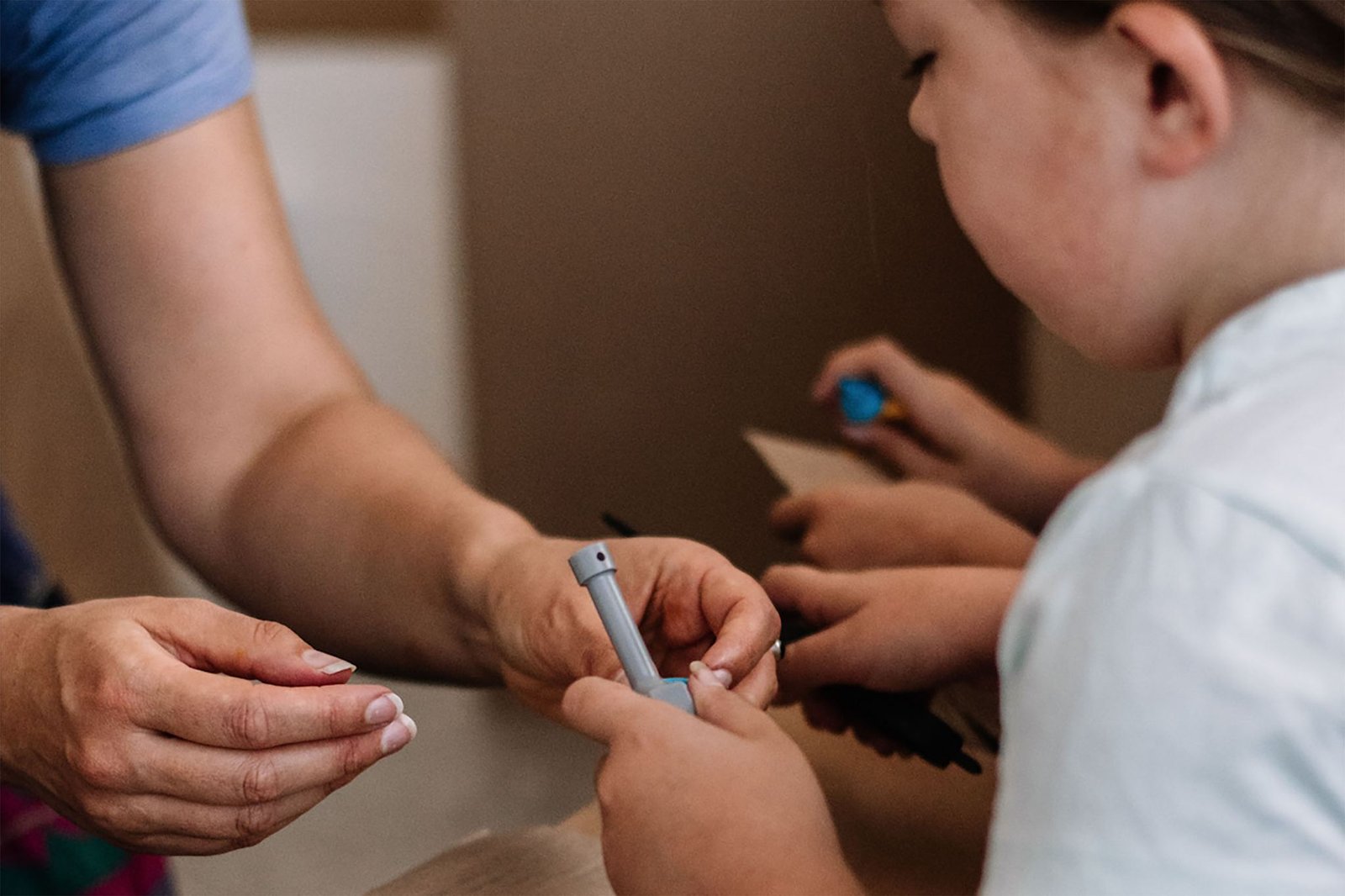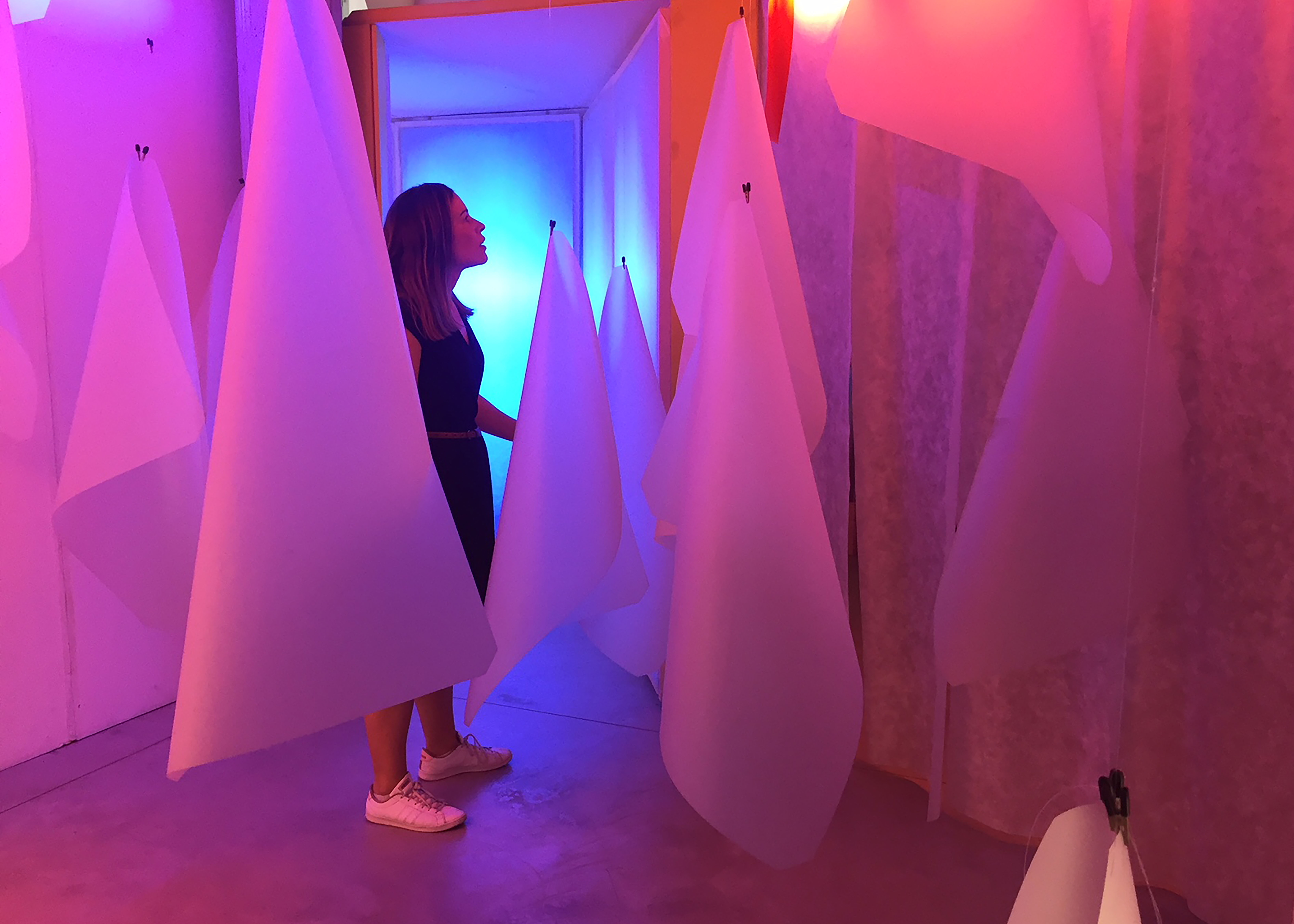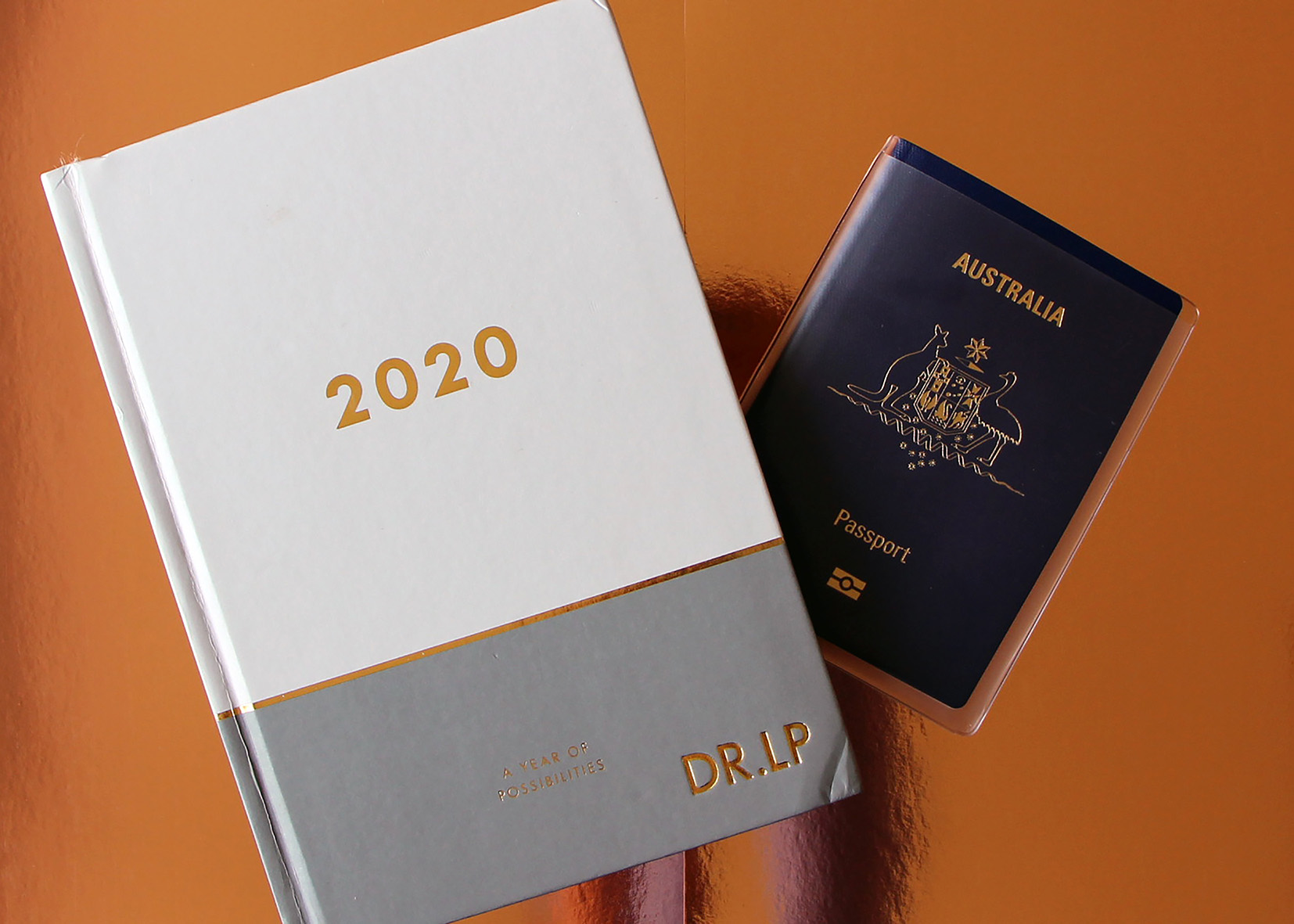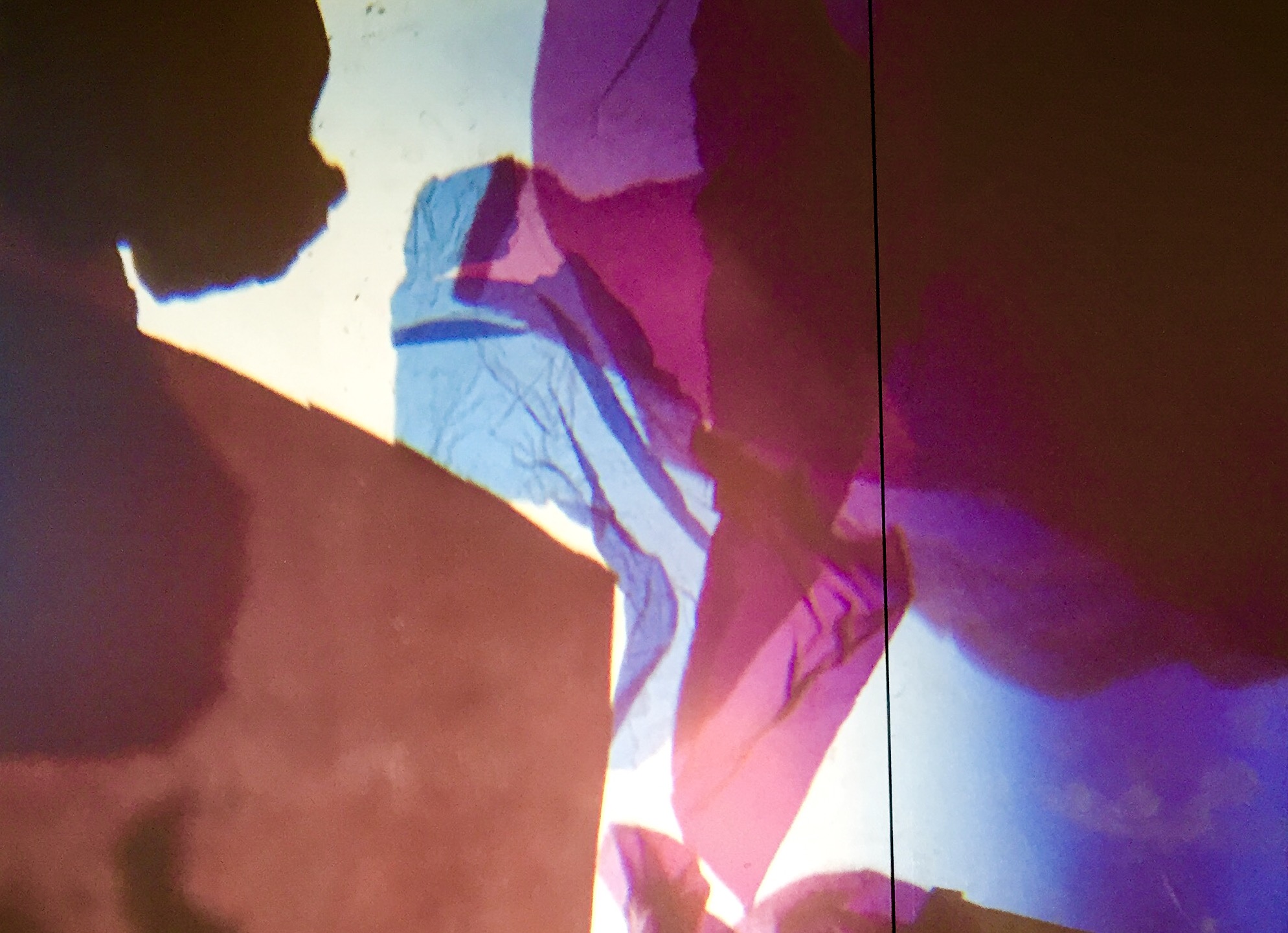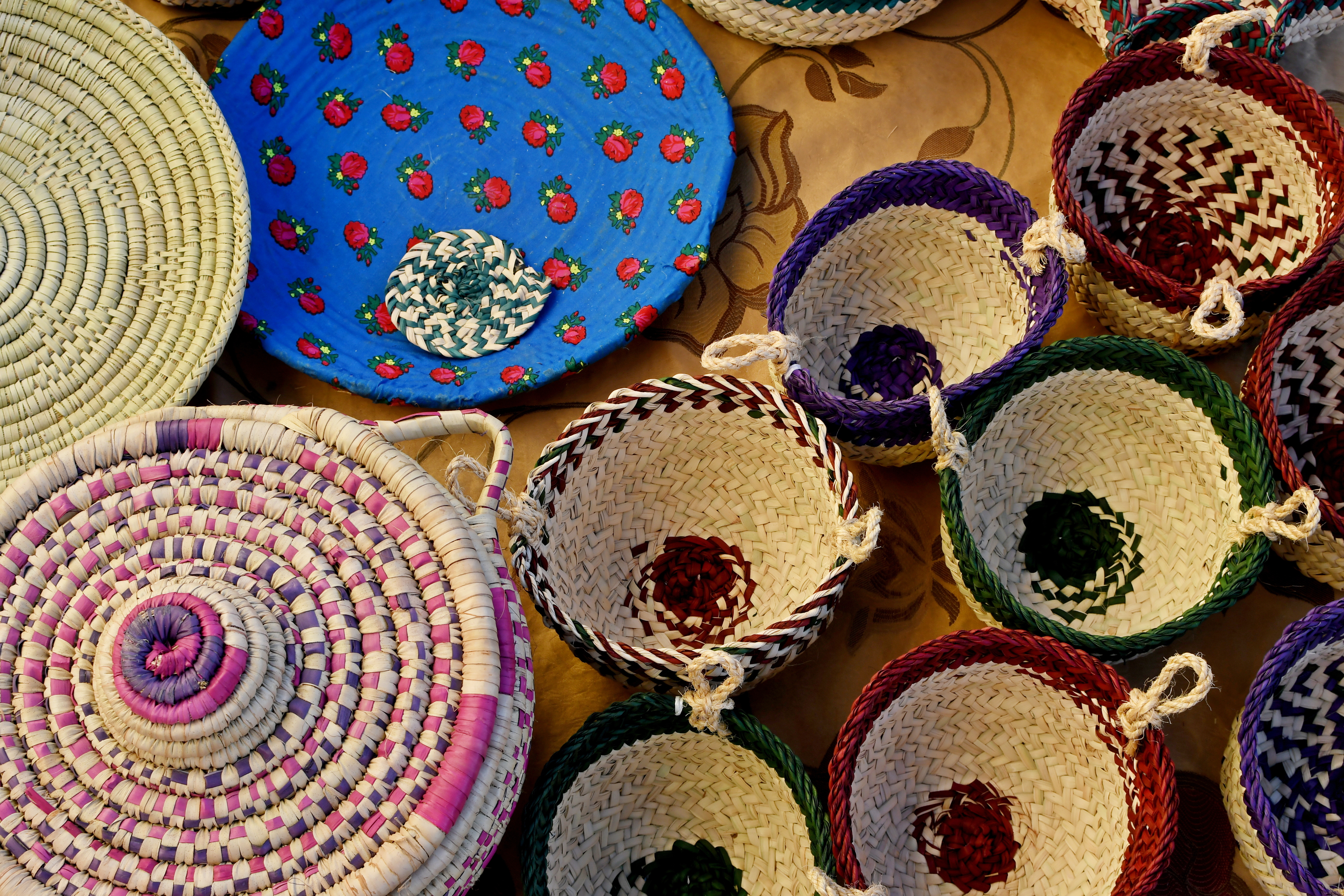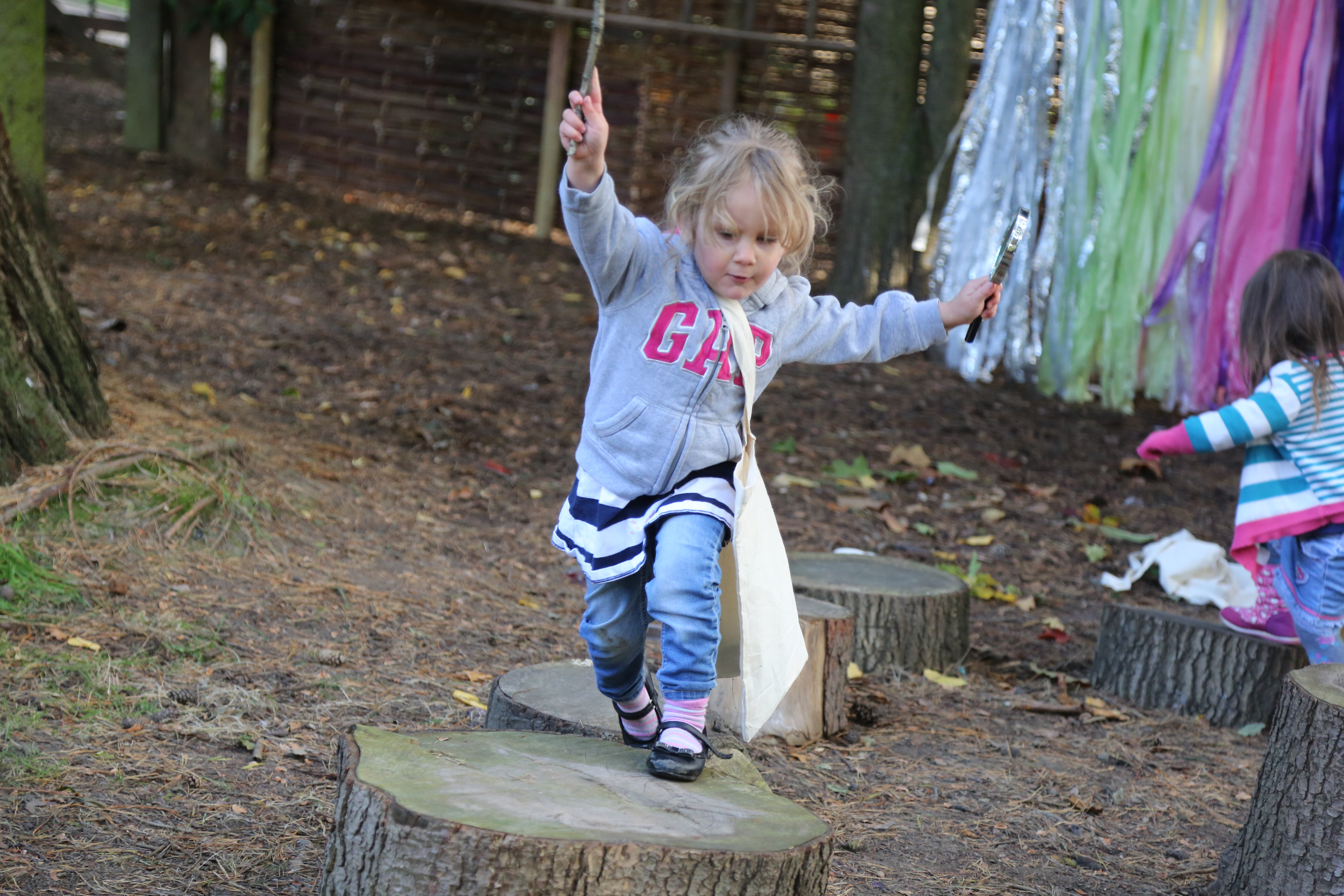Picture this: A 5-year-old boy has got a new pair of school shoes and is learning how to put them on. He can loosen the laces, slip his foot inside, but does not know how to tie the laces. The child and his father watch a YouTube clip of how to do the shoelaces up. They then have a go at doing the activity together where the father instructs the child on how to weave and tighten the laces step-by-step. It is a success. Each day that follows, the father reduces the intensity of instruction on how to tie the laces until the child can do it independently. The father has scaffolded his child’s learning through the Zone of Proximal Development. Scaffolding children’s learning can involve showing them how to use new art tools What is scaffolding? Scaffolding is an education term that refers to the guidance and skills a…
Why is dance important in the early years? An interview with Liz Clark
Image credit: Turned on its Head dance company Children love to move! In fact, we were all born to do it. Dance is a fun and creative way to get young children connecting with their bodies. Research has demonstrated it also directly helps with young children’s physical and sensorimotor development. However, while many teachers and parents know that children’s creative movement is important, many are hesitant to do it as they don’t think they are good at it! I recently spoke with Liz Clark, an English early years dance artist, about the importance of dance and creative movement in children’s lives. Liz is the Artistic Director of the Turned on its Head, a dance company that has produced popular children’s dance performances including Sponge and Shiny. In our conversation, Liz shares some fantastic ideas for how adults can do creative movement at home with little ones – no fancy equipment…
Reggio Emilia’s art studio ‘ateliers’ for children
Earlier this month I was fortunate enough to visit the Loris Malaguzzi centre in Reggio Emilia. I was interested in learning more about the early childhood philosophy’s approach to children’s creativity, art and learning with materials. This post shares key ideas around the role of the ‘atelier’ in the Reggio Emilia approach. I also discuss my reflections on the Ray of Light atelier space at the centre. “Tools and materials make it possible for children to have experiences in which their thinking takes on different forms” (Dahlberg & Moss, 2010) The Atelier – a space for children’s creative experimentation Educators from Reggio Emilia often talk about the unpredictable nature of learning in which knowledge is formed through unexpected relationships and new connections. This understanding challenges the idea that education is a linear process of development. In Reggio Emilia preschools, the atelier is a creative studio for young children’s imagination, expression and experimentation that…
New year, new job, new continent
Happy new year Art Play Children Learning followers! I hope you have all had a wonderful break. 2020 is well underway for all of us and if you are like me, you will have lots of hopes and ambitions for the year ahead. Sometimes these can be exciting and sometimes these can make one feel overwhelmed. My attitude is to always try to do my best to keep one foot moving in front of the other, even if they are just little steps and always stay open to the unexpected things that happen along the way. I have some exciting news to share with you all! I am starting a new job this year. I will be working at Harvard University as a Post-Doctoral Fellow in Early Childhood Education. I am really excited about it and will be moving to Boston next week to get started. I have never lived…
What is the role of materials in children’s learning through art?
This post discusses the possibilities of materials and material play in children’s learning through art. I draw on the theories of loose parts and new materialism to argue that materials play an active and participatory role in opening-up children’s divergent thinking and inquiry-led learning. Why do materials matter? Materials and material exploration have long been a part of artistic inquiry. Since Frobel’s development of the kindergarten in the late 1700’s, they have also held an important place in early childhood settings. In the 1970’s Simon Nicholson presented the theory of loose parts – the proposition that young children’s creative empowerment comes from the presence of open-ended materials that can be constructed, manipulated and transformed through self-directed play. It is fair to say that material content, including artworks and art materials, hold tremendous possibilities for facilitating children’s inquiry-led learning in new and divergent ways. I consider materials to be one of multiple…
3 tips for scaffolding children’s play with materials
Children’s play with materials is important as it allows them to think and learn in different ways. As a child’s creativity is always limited by what they do and do not know, scaffolding can open up new opportunities for more complex learning over time. Scaffolding is a term that was first coined by Vygotsky (1978) who described the process as something that allows children to move their current level of understandings to a more advanced one. This process helps children to undertake activities that they usually would not be able to without the help of others. Teachers and parents often do a lot of scaffolding in children’s lives. They teach children how to brush their teeth, share with others and read. Children’s peers, technology and information resource like a YouTube video can also scaffold children’s learning in different ways. Scaffolding is important in children’s play with materials as it allows…
Sharon Shaffer discusses children’s learning with museum objects
Young children have become an increasingly important audience for museums around the world. While many cultural institutions offer something for children, approaches and practices towards this audience vary dramatically across the sector. In this post, early childhood and museum education specialist Sharon Shaffer shares her top tips for connecting young children with museum objects. Sharon was Director of the Smithsonian Early Enrichment Centre (SEEC) for 24 years. The SEEC is a lab school in Washington D.C. with a museum-based curriculum. Children attending the Centre visit and learn in the various Smithsonian museums every day. The post begins with Sharon telling us a little bit about her background in museums and education. The two of us then discuss topics such as the importance of scaffolding in children’s learning, how learning can be evaluated in museums and the need for flexibility in the design of early year’s education activities. Sharon’s background in…
‘Children’s learning with new, found and recycled stuff’ symposium at AARE
This post discusses the symposium presentation ‘Material play: children’s learning with new, found and recycled ‘stuff’ given by Professor Pat Thomson, Nina Odegard and Louisa Penfold at the Australian Association for Research in Education (AARE) in Canberra, Australia. Image: Bradley Cummings On November 27, 2017 Professor Pat Thomson (University of Nottingham), Nina Odegard (University College of Oslo and Akershus) and myself (University of Nottingham) gave a presentation at the AARE conference on children’s learning with materials. Each of our presentations was built on the understanding that many educators and artists working with young children are committed to play-based practices and understand this as being critical to individual and social learning. Over the 90 minute symposium, we talked about how our individual work with children explores the research question: when children are ‘doing art’ play what are they learning with the materials they choose? Overall, we argued that when children are playing with materials, they are simultaneously:…
Yorkshire Sculpture Park’s family learning program
This post features an interview with Emma Spencer, Family Learning Coordinator at the Yorkshire Sculpture Park (UK). The Yorkshire Sculpture Park sits upon 500 acres of jolly green parkland that an Australian who has never visited rural England may be pitifully excited to see. The open-air gallery won the 2014 Art Fund Prize for Museum of the Year and is also home to the National Arts Education Archive. In 2014 the Park was awarded a three- year grant from the Paul Hamlyn Foundation to conduct an action-research project looking at the development of its family-learning programme. I recently spoke with Emma Spencer about the project’s findings and future plans for early years learning at the gallery. Could you please give some background on the action research project? What were your initial ideas and motivations? Starting out, the key focus of the research was around bringing people from the community together with the Park.…


